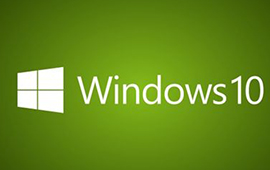
Win10 users may encounter various headaches when performing system updates. PHP editor Xinyi has compiled solutions to common problems to help you easily solve these problems and make system updates no longer a problem. Below, let’s learn more about these problems and corresponding solution steps to improve your system update experience.

Solutions to problems that occur during Win10 update installation
1. Error code received during update
If you receive a specific error Code error message, Fix Windows Update Errors to help troubleshoot common update issues.
2. Restart to apply installed updates
Sometimes updates require a restart of the device. You can close open programs and then restart the update operation through the power supply.
3. Free up drive space
Make sure your device has enough space. Your device requires at least 16 GB of free space for a 32-bit OS upgrade, or 20 GB for a 64-bit OS upgrade. If your device has a smaller hard drive, you may need to insert a USB flash drive to update.
4. Run Windows Update again
Even if some updates have been downloaded, there may be more available updates in the system. After trying the steps above, run Windows Update again by going to Start > Settings > Update & Security > Windows Update > Check for updates. Download and install any new updates.
5. Disconnect external hardware
Remove any external storage devices and drives, docking stations, and other hardware that is plugged into the device but is not required to run basic functions.
6. Update third-party drivers
If you have added hardware to your device, check the hardware manufacturer's website for third-party driver update and installation instructions.
The above is the detailed content of Problems that occur during Win10 update installation_Solutions to problems that occur during Win10 update installation. For more information, please follow other related articles on the PHP Chinese website!




